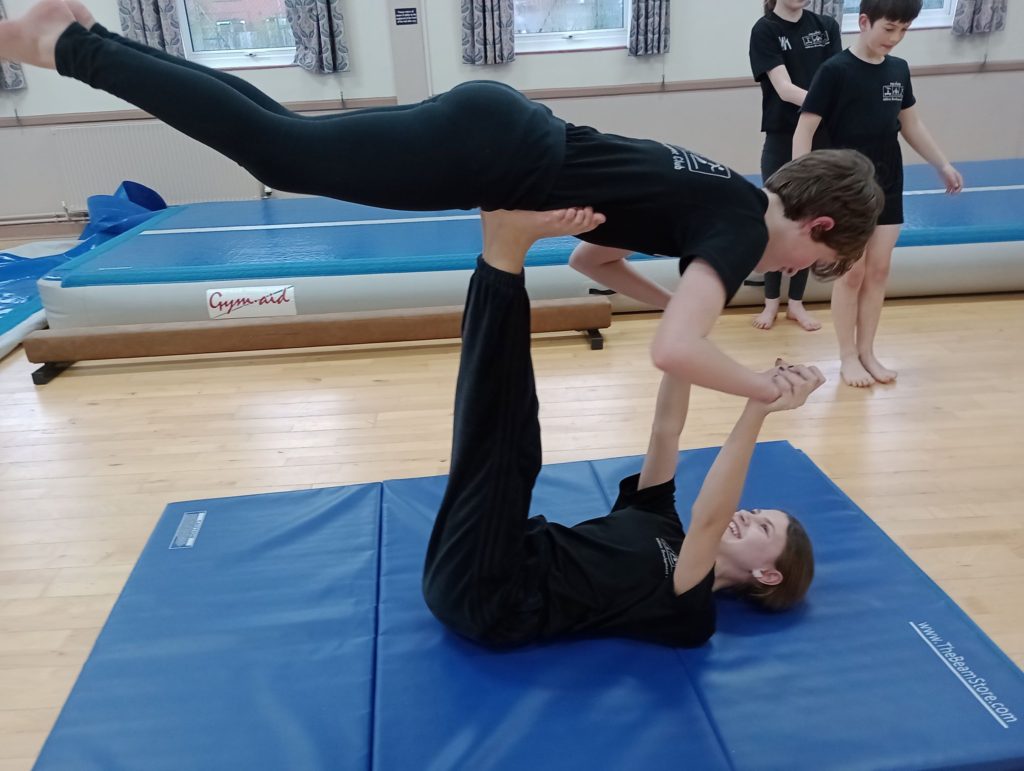How to get better at practice: Intention and attention
In our Freestyle Gymnastics classes, the young gymnasts spend the first ten minutes of each class working on their favourite skills. Some of them do so with a laser-like focus, repeating the same skill as often as they can, while others drift from skill to skill, using different pieces of apparatus for a few repetitions each.
I watch and interject with advice if I think I have something useful to add.
Before that, I ask, ‘What are you working on?’
It is strange that sometimes the gymnast says, ‘I don’t know.’
Other times they say a skill like Cartwheel, and I then ask, ‘What part of the cartwheel?’
‘I don’t know.’
The gymnast who doesn’t know what skill they are working on lacks intent.
The gymnast who doesn’t know what aspect they are working on lacks attention.
How coaches can help athletes get better at practice
During the last half-term, I tried to change how the gymnasts practised in the warm-up but not what they practised (that is their choice). I explained to them that two things will help them improve their skills:
1. Intention: knowing what you are trying to do and why.
2. Attention: knowing what to think about while you are doing it.
Example: The aerial
The aerial is the common term for a no-handed cartwheel. It requires the gymnast to be able to move at speed, upside down, without hands. Many of our freestylers have the physical capability to do this but struggled to complete the whole skill.
I used this as an example to show them how they could improve their practice.
- First: did they know what an aerial looks like? If not, show them a video or another gymnast doing it (there are a couple of variations).
- Two: Can they think of themselves doing the skill before they attempt it? I did introduce the term visualisation here. I got them to practice this with simpler skills too.
- They now have a clear intent: to perform an aerial.
- Three: We then discussed what foundation moves they need to be able to perform an aerial. They came up with:
Hurdle step, speed, one-handed cartwheels (both sides), and bravery.
- Four: I then challenged them on the speed, ‘What makes you faster, what part of your body has to move fast?’ They gave me answers such as feet, legs, hands, and arms. All of which are correct.
- Five: I then asked them to think of moving one part of their body as fast as they can when they practised the preparations.
This was the attention: they were thinking of a specific body part that had to move fast.
We also did this for a couple of different preparations and practices that then lead to being able to do an aerial, such as using some equipment.
How to progress and create a collaborative practice
A couple of weeks of this, with my asking, the same questions, led to a much more focused warm-up. I then asked them to partner up and share a skill. They had to say what they were working on (intent) and what they were thinking about (attention).
This last part meant that:
a. No one got stuck in a rut, they had to practice their partner’s skill.
b. They interacted and shared ideas.
c. They had to be clear in their own mind before explaining it to their partner.
d. I can stand back and observe the whole scene rather than being sucked into one skill/ person.
Summary
This method can be applied to any sport. I did this with gymnasts aged 10-14 who were comfortable working with each other. It may or may not work with younger people.
Take a skill, ask what you are trying to achieve (intent) and then what to think about to achieve it (attention).
Good luck and I hope you enjoy the benefits.

